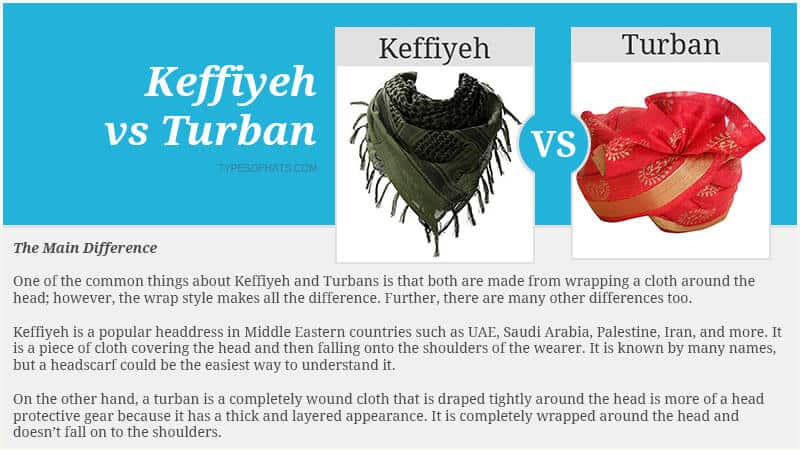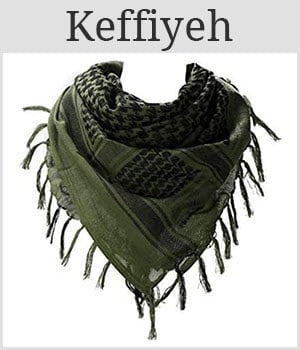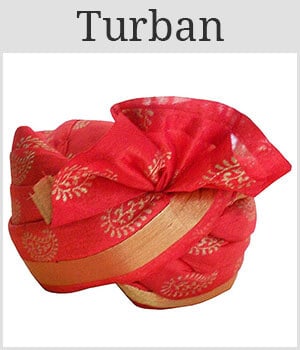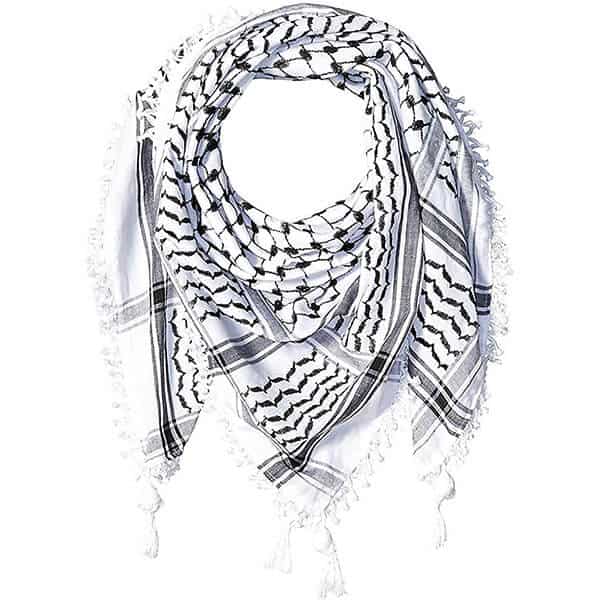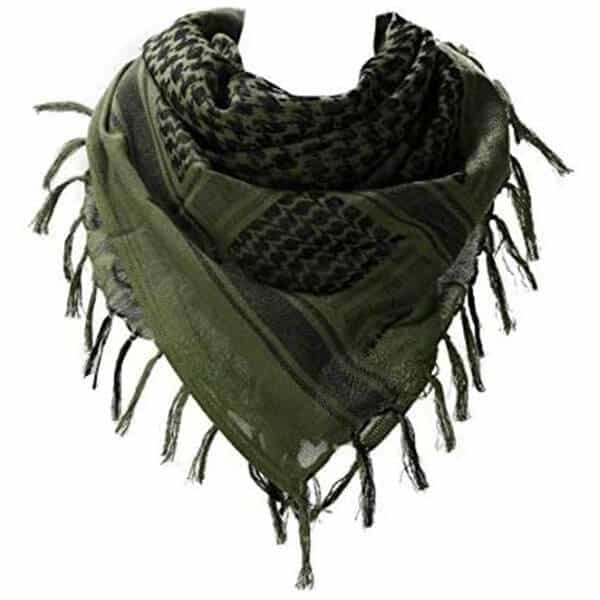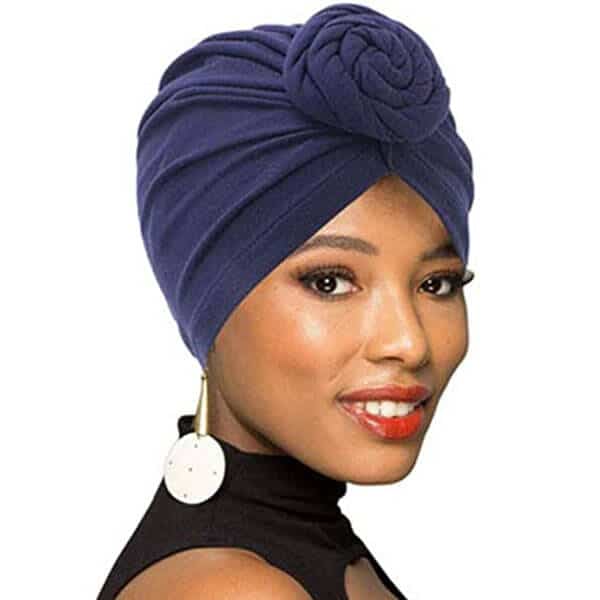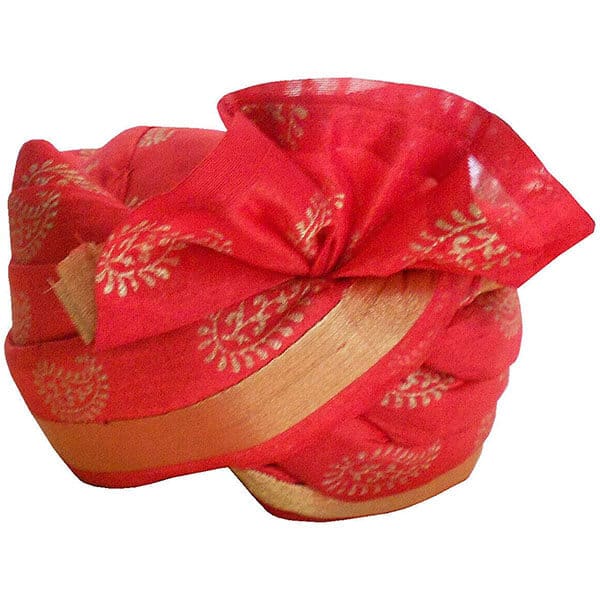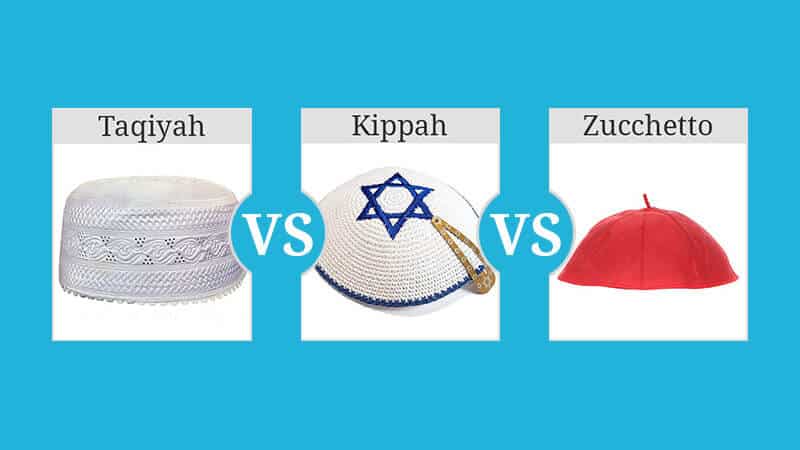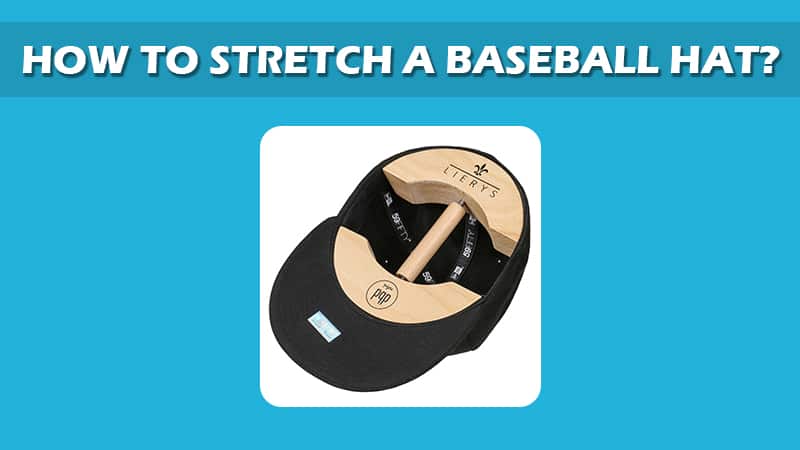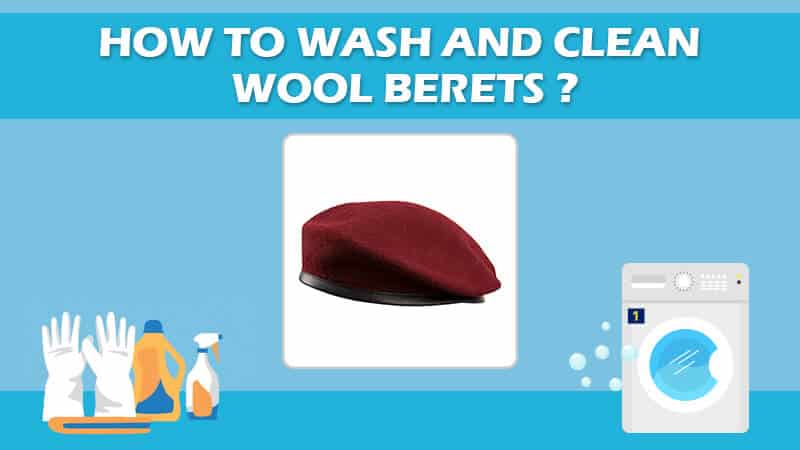Taqiyah vs Kippah vs Zucchetto, it's not so much a debate as an interesting comparison.…
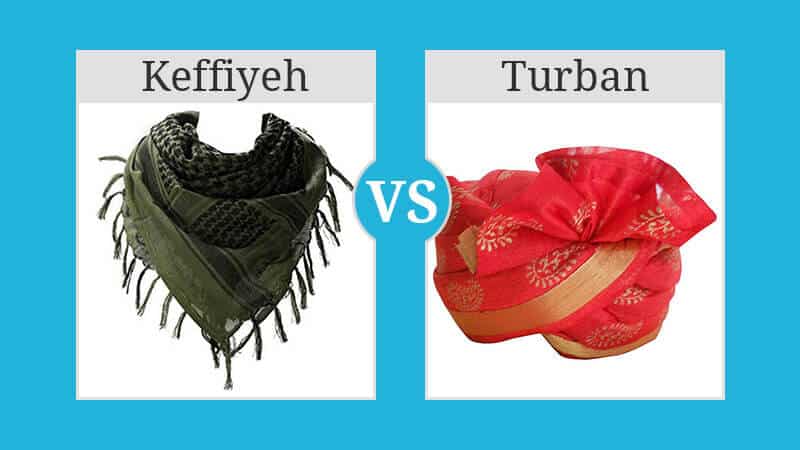
Keffiyeh vs Turban. What Is the Difference? (With Pictures)
Keffiyeh vs Turban is not a topic of comparison. It is just a way of bringing to the fore some very popular headdresses that are different from the hats and caps that have western origins. Keffiyeh and Turban are more popular eastern or Middle-Eastern headdresses, which is the only common factor between them. These are completely different in all other aspects, such as the material used, demographics, the purpose of wearing, and many more.
The Main Difference
One of the common things about Keffiyeh and Turbans is that both are made from wrapping a cloth around the head; however, the wrap style makes all the difference. Further, there are many other differences too.
Keffiyeh is a popular headdress in Middle Eastern countries such as UAE, Saudi Arabia, Palestine, Iran, and more. It is a piece of cloth covering the head and then falling onto the shoulders of the wearer. It is known by many names, but a headscarf could be the easiest way to understand it.
On the other hand, a turban is a completely wound cloth that is draped tightly around the head is more of a head protective gear because it has a thick and layered appearance. It is completely wrapped around the head and doesn’t fall on to the shoulders.
This is the most prominent difference under Keffiyeh vs Turban comparison, but it is not the only one. More will be discussed in the later sections of the post.
Which Has A Longer History, Keffiyeh or Turban?
As A Keffiyeh has originated in the Islamic culture, it couldn’t have originated before the 6th century or the birth of Islam; however, a Turban is the oldest form of headgear, and the oldest origin can be traced back to the 4rth century. This makes Turban the older of the two.
It is still unknown when a turban actually originated. However, it cannot be conclusively traced too because a turban is essentially a cloth wrapped tightly around the head; this could have been done since cloth came into existence. Therefore, with a very high degree of confidence, Turban is the older of the two.
What Is a Keffiyeh?
To get the clearest idea of a Keffiyeh, imagine a Sheik from Dubai wearing his traditional attire, including the checkered headscarf. That headscarf is known as a Keffiyeh. Men only wear a Keffiyeh.
What Are Some Common Wearing Styles Of A Keffiyeh?
The Sheiks normally wear it only covers their heads, and the rest of the cloth hangs down to their shoulders without covering the neck and the chin. This is only one style of wearing it. When the Keffiyeh is worn in this style, it is kept in place with the help of two rounded black ropes, which are known as ‘agal.’
However, at times, wearers wear Keffiyeh in varying styles, such as that similar to a ‘hijab’ worn by women. In this style, the Keffiyeh also covers the neck and the chin of the wearer. If worn without an ‘agal,’ it is sometimes also tied up as a turban to keep it in place.
At times, when Keffiyeh is just put around the shoulders, a taqiyah or the Islamic hat is worn on the head. But the Keffiyeh could be worn on the head and taqiyah worn underneath too.
Some Interesting Facts About Keffiyeh
- Keffiyeh is mostly worn in Middle-Eastern, European, African & Asian countries such as Arab, Turkey, Persia, Jordan, Egypt, etc. In recent times, it has gained a lot of popularity among Japanese teens.
- It is a part of the traditional Islamic attire of men
- It is most times made from cotton and is white; however, in many places, it has a checkered pattern of red and white or black and white or even dark green
- The cloth is square in shape.
- Some countries have a national color, too, such as Jordan, favoring the red and white colored Keffiyeh.
- It is used to protect a sunburn
- At times, if worn in colder places, it could be made from blended cotton and wool.
- To make it more decorative, a Keffiyeh can have tassels of cotton or wool. The length of these tassels defines their worth. Influential wearers prefer longer tassels
One of the most notable wearers of a Keffiyeh is the Saudi Prince Mohammed Bin Salman
What Is a Turban?
A Turban is a cloth wrapping headgear that is worn by both men and women of different cultures. One of the most common demographic that adorns it is the men of the Sikh community. Their specific style of Turban is known as a ‘Dastar’; however, that is not the only style. There are many others.
What Are Some Common Wearing Styles Of A Turban?
People of different cultures wear a Turban, and therefore, there are several variations in its look and wrapping styles. It is popular in India, Asia, Middle-East, Africa, and more places.
Depending upon the culture and tradition, its shape has varied over several eras. Innumerable styles are ranging from Phakeolis of the 4rth century to the Imperial Turban of the Ottoman empire.
Even Mughal emperors wore decorated turbans as part of their traditional attire. The Turban worn by King Aurangzeb looked somewhat similar to the slouchy beanie of the west.
If the Turban has a long train hanging down at the back, then it is also known as a ‘Safa’ in some cultures. It is a very common way of wearing a turban at weddings. This style was also one of the favorites of the Rajput kings in western India.
Some Interesting Facts About Turban
- It is one of the oldest forms of headgears whose origins are not known conclusively
- The varieties in turban design could make it the predecessor of most western hat styles
- It is part of many religions such as Sikhism, Islam & Christianity.
- At times, the Turban is also a symbol of pride for the wearer. The wearer should never let it fall from his head because that is considered as a symbol of the inability to maintain a certain socio-economic level. It is a priceless possession for the wearer, and he should always protect it
- African women who wrap a headscarf around their heads call it ‘Doek.’ It symbolizes strength and dignity.
- In some cultures, turbans also reflect the marital status of the wearer.
- The material of the Turban varies from culture to culture
Keffiyeh Vs Turban
| Comparison Properties | Keffiyeh | Turban |
|---|---|---|
| Uses (for) | Traditional wear, Casual Wear, Formal Wear | Traditional wear, Casual Wear, Formal Wear |
| Ideal For | Men | Both Men & Women |
| Advantages | Sun protection, Fashion Accessory | Head Protection, Sun Protection, Fashion Accessory |
| Disadvantages | If not secured with ‘agal,’ it could fall or get flown away | Heavier on the head |
| Durability | Highly durable as made of cotton | Durability depends on the material. |
| Weight | Relatively lighter | Relatively heavier |
| Waterproof Material | Non-waterproof | Non-waterproof |
| Reflective Material | Non-Reflective | Could be reflective if made of silk |
| Care and Maintenance | Low care and maintenance required | Dress Turbans require more care and maintenance. |
| Types & Styles | Color variations exist | Turban styles vary from culture to culture: Dastar, Doek, Keski, Phakeolis, Safa, and more |
| Weather | Mostly hot weather | All seasons |
| Availability | Readily available | Readily available |
| Prices | $10 – $15 | $10 – $100 |
What Are Keffiyehs for?
Keffiyeh is a part of the traditional wear in many Islamic communities and countries. Men wear it, and it is mostly sun protection. However, it is also a part of formal wear and thus mandatory on some formal occasions such as a wedding or a funeral. However, it is also a fashion accessory, and thus it is a multi-purpose piece of clothing.
What Are Turbans for?
Turbans are a part of tradition more than a fashion accessory. Most cultures and religions make it mandatory to wear them. Men or women in different cultures can wear them. The styles vary from culture to culture. At times it is also a symbol of price, marital status, and other cultural values of a particular people.
The Best Keffiyeh
This is a 100% cotton Shemagh Keffiyeh available in many different color variants. It is soft, comfortable, and can be easily washed by hand. It measures 47 inches in length and breadth and therefore the biggest size available in the market. It has authentic Palestinian roots and an attempt to keep the Palestinian economy afloat.
The Best Turban
This is a traditional Indian Hindu turban also known as a ‘Pagri.’ It is suitable to be worn in a wedding and is made of Banarsi Silk. It is available in three sizes and therefore fits most adults. It has a long train at the back, making it a ‘safa.’ The Turban is handcrafted in Rajasthan. Further, it can only be drycleaned. It gives the wearer a classic traditional look.
Final Thoughts
Both Keffiyeh and Turbans are traditional headdresses. While Keffiyeh has less wearing styles, the Turban is available in many styles and varies from culture to culture. Keffiyeh is more of a headscarf, while the Turban is a predecessor of a hat. If the wearer wants to have a casual look, he should try the Keffiyeh. He can wear it as a neck scarf too. However, if the wearer is looking for something more traditional, the Turban is the right choice to blend in.
